Home>Furniture & Design>Interior Design Trends>How Much Sugar Is In A Glass Of Cabernet
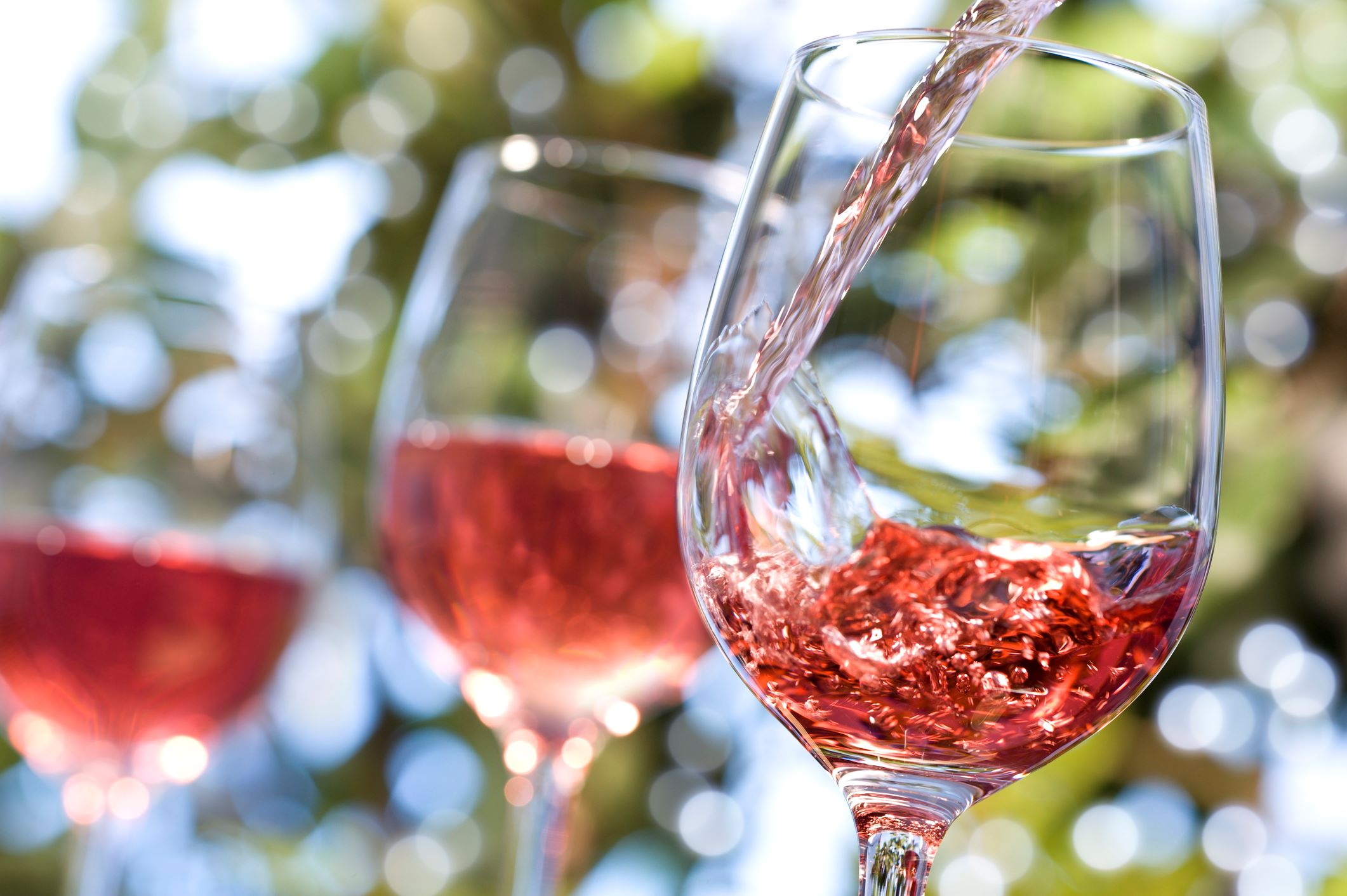

Interior Design Trends
How Much Sugar Is In A Glass Of Cabernet
Modified: February 6, 2024
Discover the latest interior design trends and learn how much sugar is in a glass of Cabernet with our comprehensive guide. Explore the perfect blend of style and health.
(Many of the links in this article redirect to a specific reviewed product. Your purchase of these products through affiliate links helps to generate commission for Storables.com, at no extra cost. Learn more)
Introduction
When it comes to enjoying a glass of wine, the focus is often on the rich flavors, aromas, and the overall experience. However, have you ever considered the sugar content in your favorite Cabernet Sauvignon? Understanding the sugar levels in wine, particularly in a popular variety like Cabernet Sauvignon, is crucial for making informed choices and understanding its impact on taste and health.
In this article, we will delve into the intriguing world of wine and explore the often overlooked aspect of sugar content. Specifically, we will focus on Cabernet Sauvignon, a beloved red wine known for its bold and complex characteristics. By shedding light on the sugar content in this esteemed varietal, we aim to provide valuable insights that will empower wine enthusiasts to make informed decisions and savor their favorite wine with a deeper understanding.
Join us as we uncover the nuances of sugar in Cabernet Sauvignon, unravel the impact of sugar on wine taste, and explore the health implications associated with sugar consumption in wine. Additionally, we will offer practical tips on how to select low-sugar Cabernet Sauvignon, ensuring that you can indulge in this classic wine with confidence and awareness.
Embark on this enlightening journey with us as we unravel the mysteries of sugar in Cabernet Sauvignon and gain a newfound appreciation for this timeless libation. Let's raise our glasses to the fascinating world of wine and the captivating interplay of flavors, aromas, and yes, sugar. Cheers to a deeper understanding of the wines we love!
Key Takeaways:
- Cabernet Sauvignon has low sugar, enhancing its bold flavors and versatility with food. Understanding sugar levels empowers wine lovers to appreciate its complexity and make informed choices for a delightful experience.
- Exploring low-sugar Cabernet Sauvignon involves label scrutiny, research, and tasting. This journey adds depth to wine appreciation, fostering a deeper connection with this esteemed varietal.
Read more: How Much Sugar Is A Glass Of Chardonnay
Understanding Sugar Content in Wine
The sugar content in wine plays a significant role in shaping its taste profile and overall characteristics. Understanding the presence of sugar in wine is essential for both casual enthusiasts and connoisseurs alike. While wine is primarily known for its complex flavors and aromas, the sugar content contributes to its overall balance and perceived sweetness.
In the winemaking process, the sugar in wine is derived from the natural sugars present in grapes. During fermentation, yeast consumes these sugars, converting them into alcohol and carbon dioxide. However, not all the sugar is fermented, and the residual sugar remaining in the wine contributes to its sweetness. This residual sugar level varies across different wine styles, ranging from bone-dry to lusciously sweet.
The sweetness in wine is often categorized into several levels, including bone-dry, dry, off-dry, medium-sweet, and sweet. These distinctions are determined by the residual sugar content, with bone-dry wines containing minimal residual sugar, while sweet wines boast higher levels of residual sugar. Understanding these classifications empowers wine enthusiasts to select wines that align with their personal preferences and occasions.
Moreover, the perception of sweetness in wine is influenced by factors beyond the sugar content alone. The interplay of acidity, tannins, and fruit flavors can either enhance or diminish the perceived sweetness of a wine. This complexity underscores the importance of comprehending the sugar content in wine and its interaction with other elements to fully appreciate the sensory experience.
By gaining a deeper understanding of the sugar content in wine, individuals can elevate their wine-tasting experiences and make informed choices when selecting wines that suit their palate. Whether savoring a crisp Chardonnay or a robust Cabernet Sauvignon, being attuned to the sugar levels in wine enriches the appreciation of its diverse and nuanced flavors.
In the next sections, we will delve into the specific sugar content in Cabernet Sauvignon, unravel the impact of sugar on its taste, and explore the health implications associated with sugar consumption in wine. Join us as we embark on a captivating exploration of the world of Cabernet Sauvignon and gain valuable insights into this beloved varietal.
Sugar Content in Cabernet Sauvignon
When it comes to exploring the sugar content in wine, Cabernet Sauvignon stands as a captivating subject of analysis. As a renowned red wine varietal, Cabernet Sauvignon is celebrated for its bold flavors, robust tannins, and complex aromas. Understanding the sugar content in this esteemed wine offers a deeper appreciation of its nuanced characteristics and empowers enthusiasts to make informed choices.
In general, Cabernet Sauvignon is known for its relatively low sugar content compared to other wine styles. This varietal typically falls into the category of dry wines, meaning that it contains minimal residual sugar. The dryness of Cabernet Sauvignon is a defining trait that contributes to its perceived boldness and structure, allowing its rich fruit flavors and tannins to take center stage.
The sugar content in Cabernet Sauvignon is a result of the ripeness of the grapes at the time of harvest. Grapes destined for Cabernet Sauvignon production are often harvested at an optimal level of ripeness, which translates to a lower sugar content compared to grapes used for sweeter wine styles. This deliberate approach to grape ripening aligns with the traditional profile of Cabernet Sauvignon, emphasizing its characteristic dryness and depth of flavor.
Furthermore, the fermentation process plays a crucial role in determining the sugar content in Cabernet Sauvignon. During fermentation, yeast converts the grape sugars into alcohol, and winemakers have the flexibility to control the extent of fermentation, thereby influencing the residual sugar levels in the finished wine. This meticulous approach allows winemakers to craft Cabernet Sauvignon with a consistent and balanced sugar content, ensuring that its inherent characteristics shine through.
The low sugar content in Cabernet Sauvignon contributes to its versatility and ability to complement a wide range of culinary pairings. Whether enjoyed with a succulent steak, aged cheese, or hearty pasta dishes, the dryness of Cabernet Sauvignon allows it to harmonize with diverse flavors, making it a beloved choice for food enthusiasts and sommeliers alike.
In essence, the sugar content in Cabernet Sauvignon reflects the deliberate craftsmanship and artistry of winemaking, resulting in a wine that embodies sophistication and depth. By understanding the nuanced sugar levels in Cabernet Sauvignon, wine enthusiasts can gain a deeper appreciation for its distinctive character and savor its complexities with a newfound sense of insight and admiration.
Impact of Sugar on Wine Taste
The impact of sugar on wine taste is a fascinating aspect that significantly influences the sensory experience of wine enthusiasts. The presence of sugar in wine plays a pivotal role in shaping its perceived sweetness, mouthfeel, and overall flavor profile. Understanding how sugar affects the taste of wine provides valuable insights into the diverse nuances of this beloved libation.
First and foremost, the sugar content in wine directly contributes to its perceived sweetness. Wines with higher residual sugar levels are often characterized as sweet or off-dry, eliciting a noticeable sweetness on the palate. In contrast, wines with minimal residual sugar, such as bone-dry varieties, are perceived as less sweet, allowing other flavor components to take precedence. The interplay of sugar-induced sweetness with the wine's acidity, tannins, and fruit flavors creates a harmonious balance that defines the overall taste experience.
Moreover, the impact of sugar on wine taste extends beyond sweetness, influencing the wine's mouthfeel and texture. Wines with higher residual sugar levels often exhibit a fuller body and a luscious, velvety texture, contributing to a rich and indulgent sensation in the mouth. This luxurious mouthfeel enhances the overall drinking experience, adding a layer of complexity that complements the wine's flavor profile.
In addition to sweetness and mouthfeel, the presence of sugar in wine can accentuate and amplify its fruit characteristics. When balanced with other elements, such as acidity and tannins, residual sugar can elevate the perception of fruit flavors, adding depth and intensity to the wine's taste profile. This enhancement of fruit nuances contributes to a multi-dimensional sensory experience, captivating the palate and evoking a heightened appreciation for the wine's complexity.
Furthermore, the impact of sugar on wine taste is intricately linked to the wine's overall balance and structure. When integrated thoughtfully, residual sugar can harmonize with acidity and tannins, resulting in a well-rounded and harmonious wine. Conversely, an imbalance in sugar levels can disrupt the wine's equilibrium, leading to a disjointed taste experience. Understanding the delicate interplay of sugar with other components empowers wine enthusiasts to discern and appreciate the nuanced balance of flavors in their favorite wines.
In essence, the impact of sugar on wine taste transcends mere sweetness, encompassing a symphony of sensory elements that define the wine's character. By recognizing the profound influence of sugar on wine taste, enthusiasts can deepen their understanding of the intricate artistry behind winemaking and elevate their enjoyment of diverse wine styles. Whether savoring a crisp Riesling with a hint of sweetness or indulging in a robust Cabernet Sauvignon with minimal residual sugar, the impact of sugar on wine taste enriches the sensory journey and invites exploration into the captivating world of wine appreciation.
A 5 oz glass of Cabernet typically contains about 1-2 grams of sugar. However, this can vary depending on the specific wine and its production process.
Health Implications of Sugar in Wine
The health implications of sugar in wine are a topic of growing interest and concern among consumers and health-conscious individuals. While moderate wine consumption has been associated with potential health benefits, the presence of sugar in wine raises important considerations regarding its impact on overall health and well-being.
Excessive sugar intake, whether from wine or other sources, has been linked to various health concerns, including weight management, metabolic health, and the risk of chronic diseases. When evaluating the health implications of sugar in wine, it is essential to consider the context of overall dietary habits and lifestyle choices.
In the realm of wine consumption, the sugar content in wine contributes to its caloric content, with sweeter wines containing higher levels of residual sugar and, consequently, more calories. This aspect is particularly relevant for individuals mindful of their calorie intake and seeking to maintain a balanced diet. Monitoring sugar intake from wine aligns with broader efforts to make informed dietary choices and promote overall health and wellness.
Furthermore, the impact of sugar in wine extends to its potential influence on blood sugar levels and insulin response. While moderate wine consumption is generally considered safe for individuals without specific health conditions, those managing blood sugar levels or insulin sensitivity may benefit from being mindful of the sugar content in the wines they choose. Opting for wines with lower residual sugar levels can be a prudent approach for individuals seeking to manage their blood sugar and overall metabolic health.
Moreover, the presence of sugar in wine raises considerations for individuals following specific dietary regimens, such as low-carbohydrate or ketogenic diets. For those adhering to these dietary approaches, selecting wines with minimal residual sugar becomes a key factor in maintaining dietary consistency and achieving their health and wellness goals.
In the broader context of health implications, it is important to emphasize that the impact of sugar in wine is intertwined with individual health circumstances, dietary preferences, and overall lifestyle choices. While the presence of sugar in wine warrants thoughtful consideration, it is essential to approach wine consumption within the framework of moderation, balanced nutrition, and holistic well-being.
By understanding the health implications of sugar in wine, individuals can make informed choices that align with their health goals and preferences. Whether opting for drier wine styles with lower residual sugar or savoring sweeter wines in moderation, awareness of the health implications empowers consumers to enjoy wine responsibly while prioritizing their overall health and wellness.
Read more: How Much Sugar In Wine Glass
How to Choose Low-Sugar Cabernet Sauvignon
Selecting a low-sugar Cabernet Sauvignon involves a thoughtful approach that considers various factors, from label information to tasting techniques. Here are essential tips to guide you in choosing a low-sugar Cabernet Sauvignon:
-
Understanding Label Information: When browsing wine selections, pay attention to the label details. Look for terms such as "dry," "brut," or "extra brut," as these indicate minimal residual sugar. Additionally, familiarize yourself with alcohol by volume (ABV) percentages, as higher ABV wines often correlate with lower residual sugar levels.
-
Researching Winemaking Practices: Delve into the winemaking practices of different producers. Some wineries prioritize minimal intervention and natural fermentation, resulting in wines with lower residual sugar. Researching the ethos and techniques of winemakers can provide valuable insights into the sugar content of their Cabernet Sauvignon offerings.
-
Consulting Wine Experts: Seek guidance from sommeliers, wine merchants, or knowledgeable enthusiasts. Their expertise can offer valuable recommendations for low-sugar Cabernet Sauvignon options, allowing you to explore diverse producers and regions known for crafting drier wine styles.
-
Tasting and Comparing: Engage in tasting experiences to discern the sugar levels in Cabernet Sauvignon. When sampling wines, pay attention to the perceived sweetness, mouthfeel, and overall balance. Comparing different Cabernet Sauvignon bottles side by side can sharpen your palate and aid in identifying low-sugar options.
-
Exploring Cool Climate Regions: Wines from cooler climate regions often exhibit higher acidity and lower sugar levels. Exploring Cabernet Sauvignon from renowned cool climate areas, such as Bordeaux, Coonawarra, or the Finger Lakes, can lead to discoveries of low-sugar expressions with distinctive terroir-driven characteristics.
-
Seeking Dry-Farmed Vineyards: Wineries practicing dry farming techniques often yield grapes with lower sugar levels. Dry-farmed vineyards rely on natural water retention in the soil, resulting in slower grape ripening and potentially reduced sugar accumulation. Exploring wines from such vineyards can lead to unique low-sugar Cabernet Sauvignon experiences.
By incorporating these strategies into your wine selection process, you can confidently seek out and appreciate the nuanced qualities of low-sugar Cabernet Sauvignon. Whether you are a discerning enthusiast or a curious newcomer, the journey of exploring low-sugar wine options adds depth to the wine appreciation experience and allows for a deeper connection with this esteemed varietal.
Conclusion
In conclusion, the exploration of sugar content in Cabernet Sauvignon unveils a captivating journey that intertwines the realms of taste, health, and informed selection. Understanding the nuanced interplay of sugar in this esteemed red wine varietal enriches the appreciation of its distinctive character and empowers enthusiasts to make conscious choices aligned with their preferences and well-being.
Delving into the sugar content in Cabernet Sauvignon illuminates its profile as a predominantly dry wine, characterized by minimal residual sugar levels that accentuate its bold flavors and structural depth. This inherent dryness underscores the meticulous craftsmanship and deliberate winemaking practices that define the timeless allure of Cabernet Sauvignon. By recognizing the deliberate approach to grape ripening and fermentation techniques, enthusiasts gain a deeper appreciation for the artistry behind crafting low-sugar Cabernet Sauvignon.
Moreover, the impact of sugar on wine taste transcends mere sweetness, encompassing a symphony of sensory elements that define the wine's character. The interplay of sugar-induced sweetness with acidity, tannins, and fruit flavors creates a harmonious balance that elevates the overall taste experience. This understanding empowers wine enthusiasts to discern and appreciate the nuanced balance of flavors in their favorite wines, fostering a deeper connection with the sensory intricacies of Cabernet Sauvignon.
The health implications of sugar in wine prompt thoughtful consideration, aligning with broader efforts to make informed dietary choices and promote overall well-being. By recognizing the potential impact of sugar on caloric content, blood sugar levels, and dietary preferences, individuals can approach wine consumption within the framework of moderation and balanced nutrition. This awareness empowers consumers to enjoy wine responsibly while prioritizing their overall health and wellness.
Furthermore, the quest for low-sugar Cabernet Sauvignon involves a thoughtful approach that encompasses label scrutiny, research into winemaking practices, and engaging in tasting experiences. By incorporating these strategies, enthusiasts can confidently seek out and appreciate the nuanced qualities of low-sugar Cabernet Sauvignon, adding depth to the wine appreciation experience and fostering a deeper connection with this esteemed varietal.
In essence, the exploration of sugar content in Cabernet Sauvignon transcends the realm of wine appreciation, offering a holistic journey that intertwines sensory delight, health consciousness, and informed selection. By unraveling the mysteries of sugar in this beloved varietal, enthusiasts embark on a captivating odyssey that enriches their understanding and admiration for the timeless allure of Cabernet Sauvignon. Cheers to the fascinating world of wine and the captivating interplay of flavors, aromas, and yes, sugar.
Frequently Asked Questions about How Much Sugar Is In A Glass Of Cabernet
Was this page helpful?
At Storables.com, we guarantee accurate and reliable information. Our content, validated by Expert Board Contributors, is crafted following stringent Editorial Policies. We're committed to providing you with well-researched, expert-backed insights for all your informational needs.

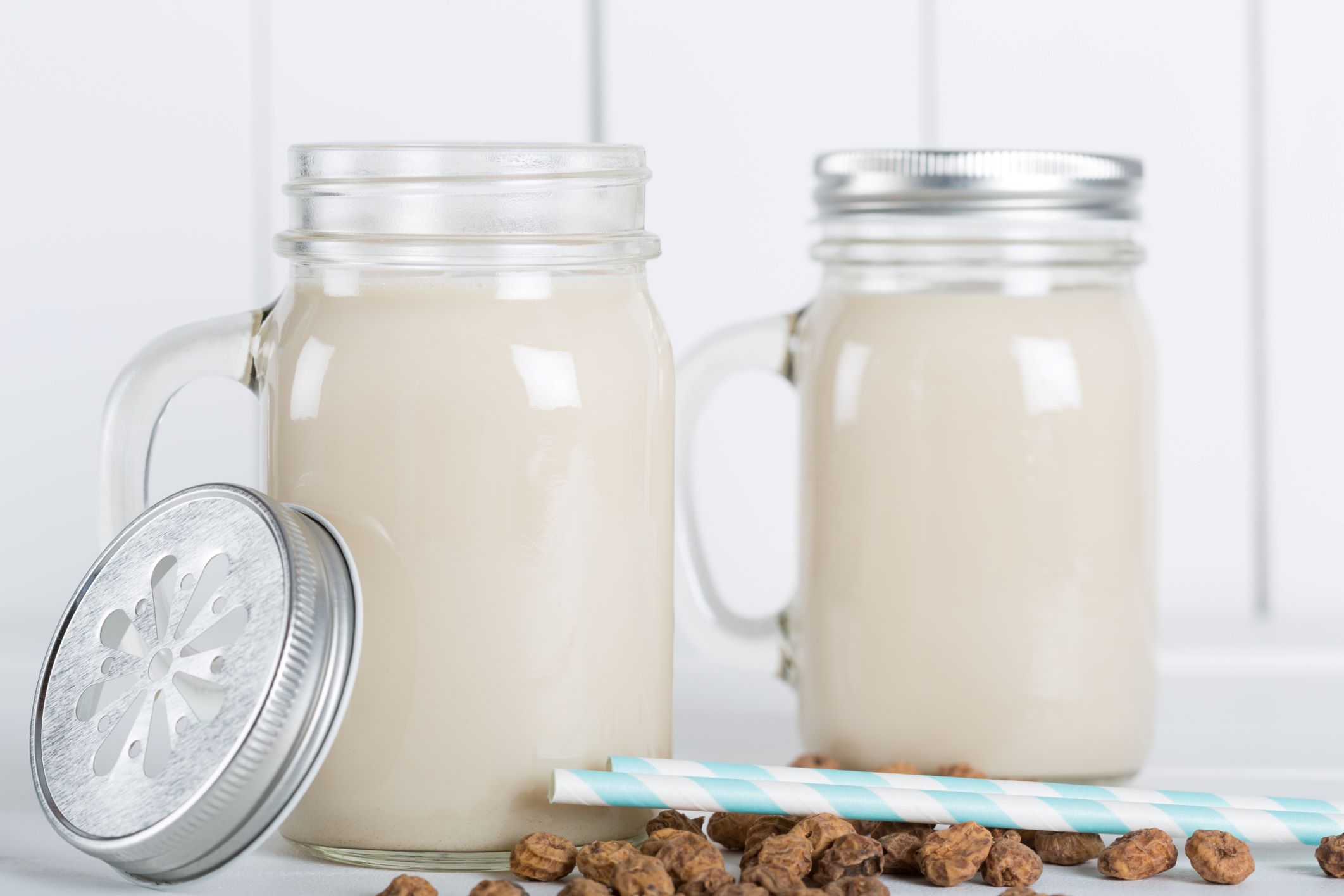
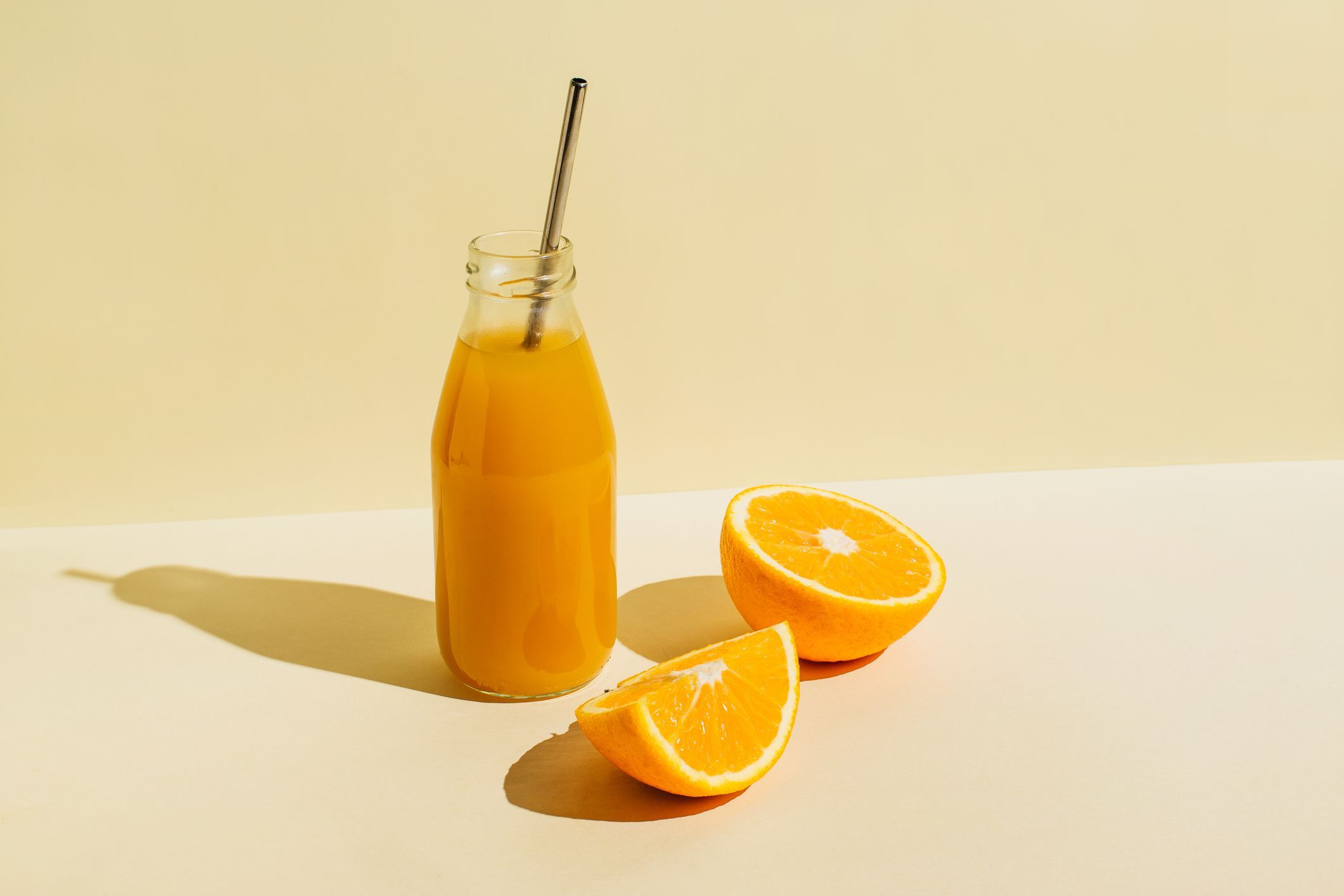
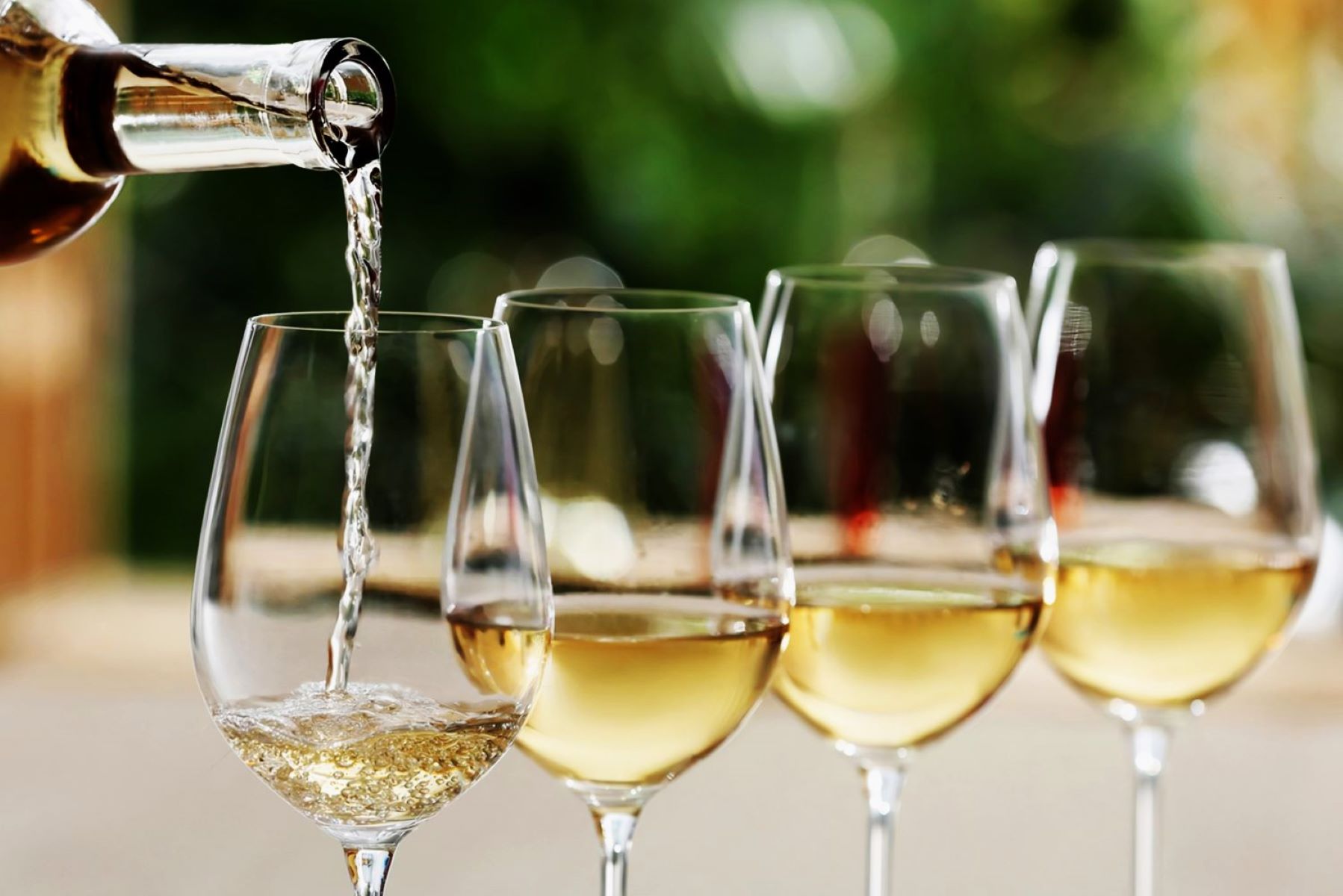

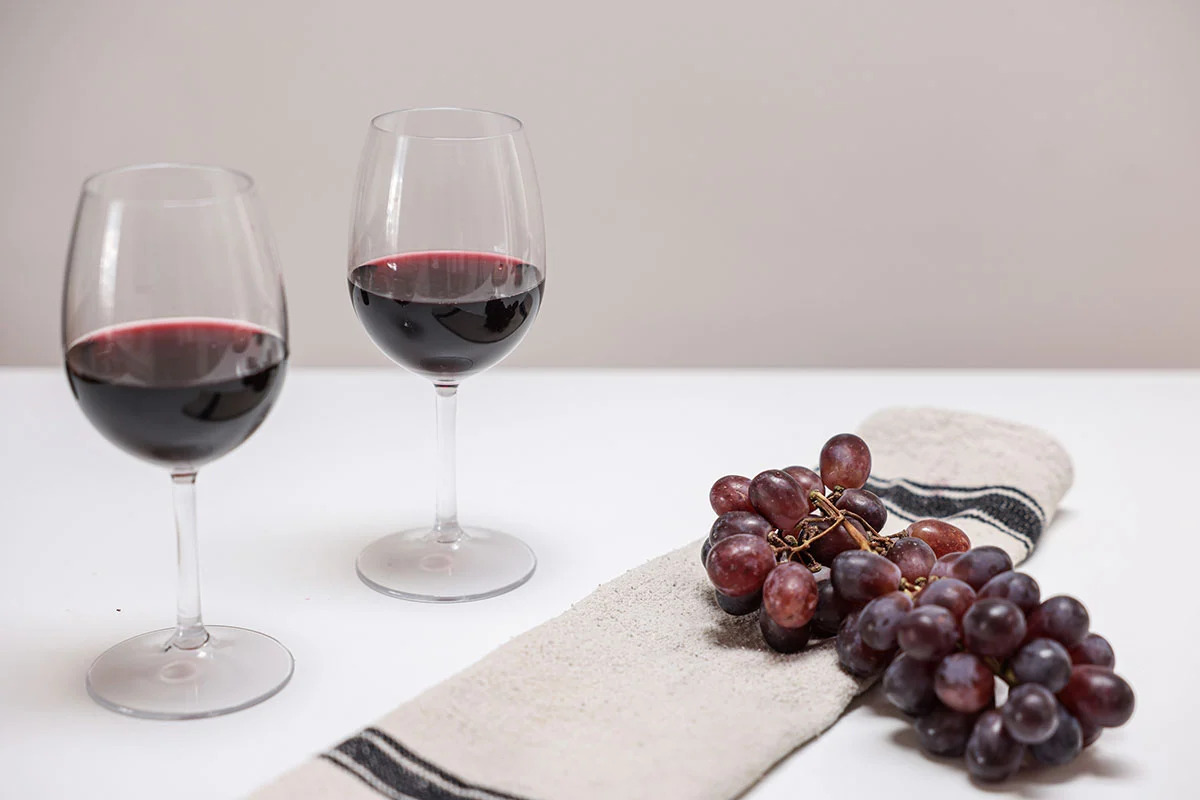

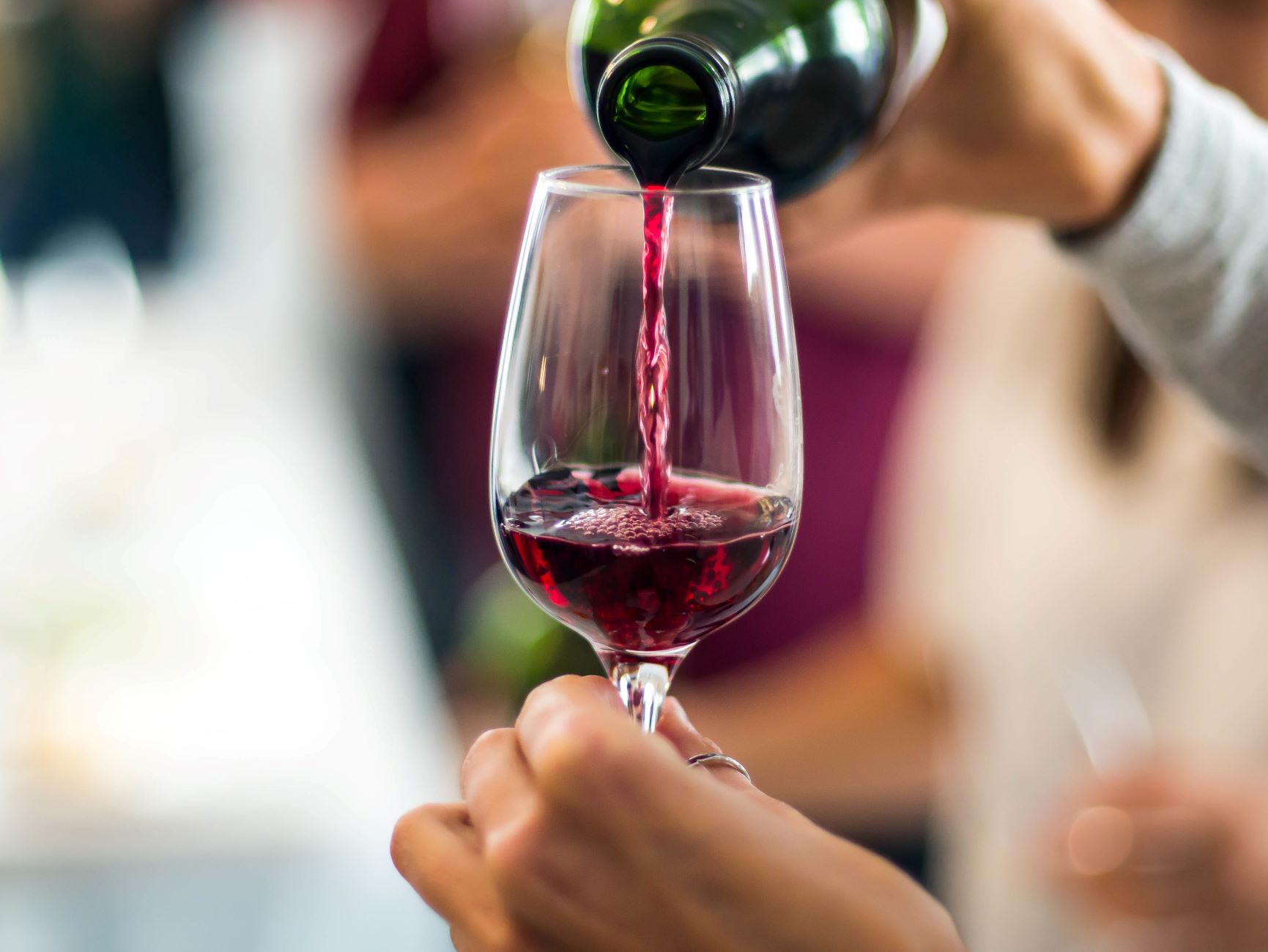
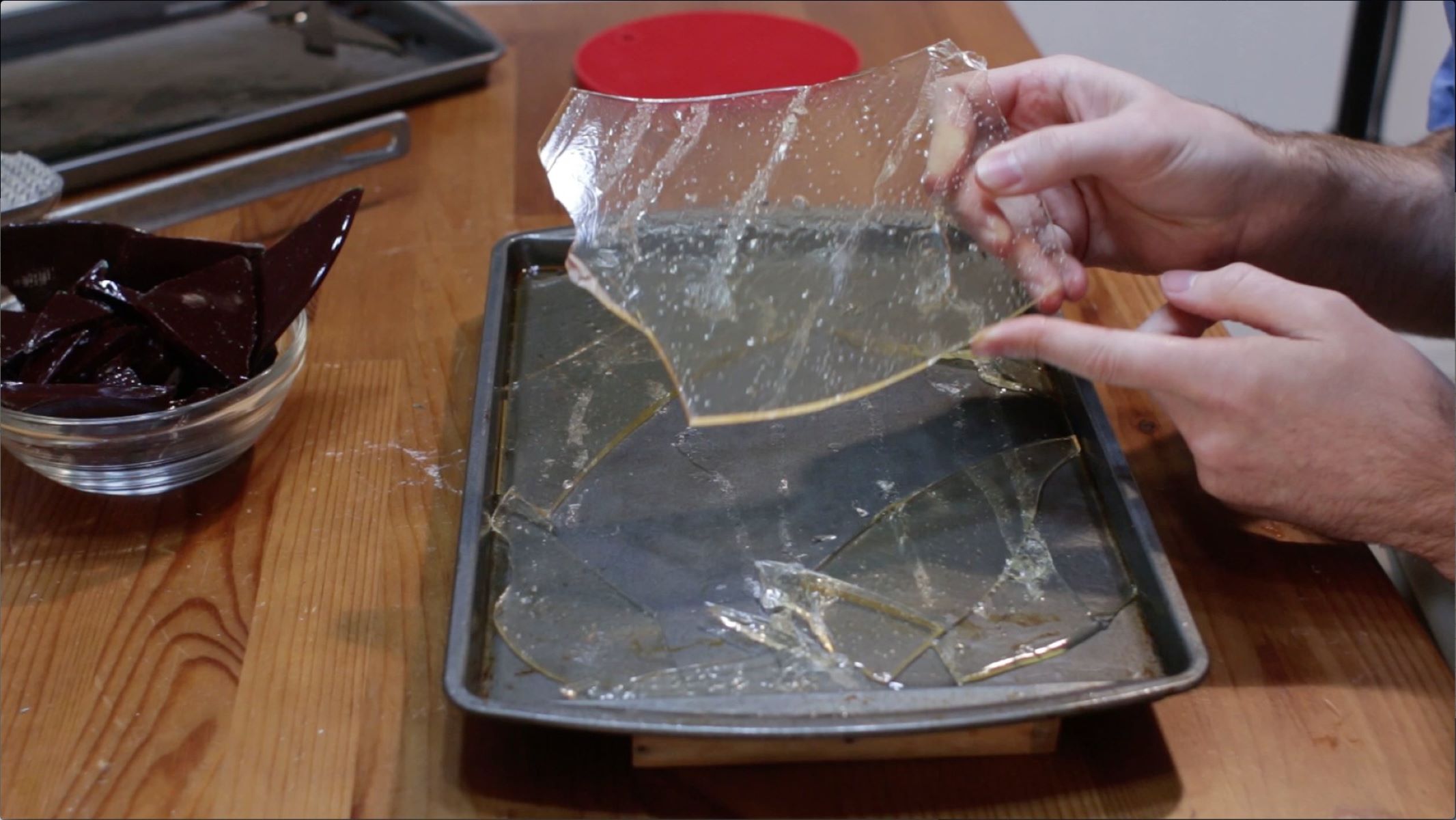
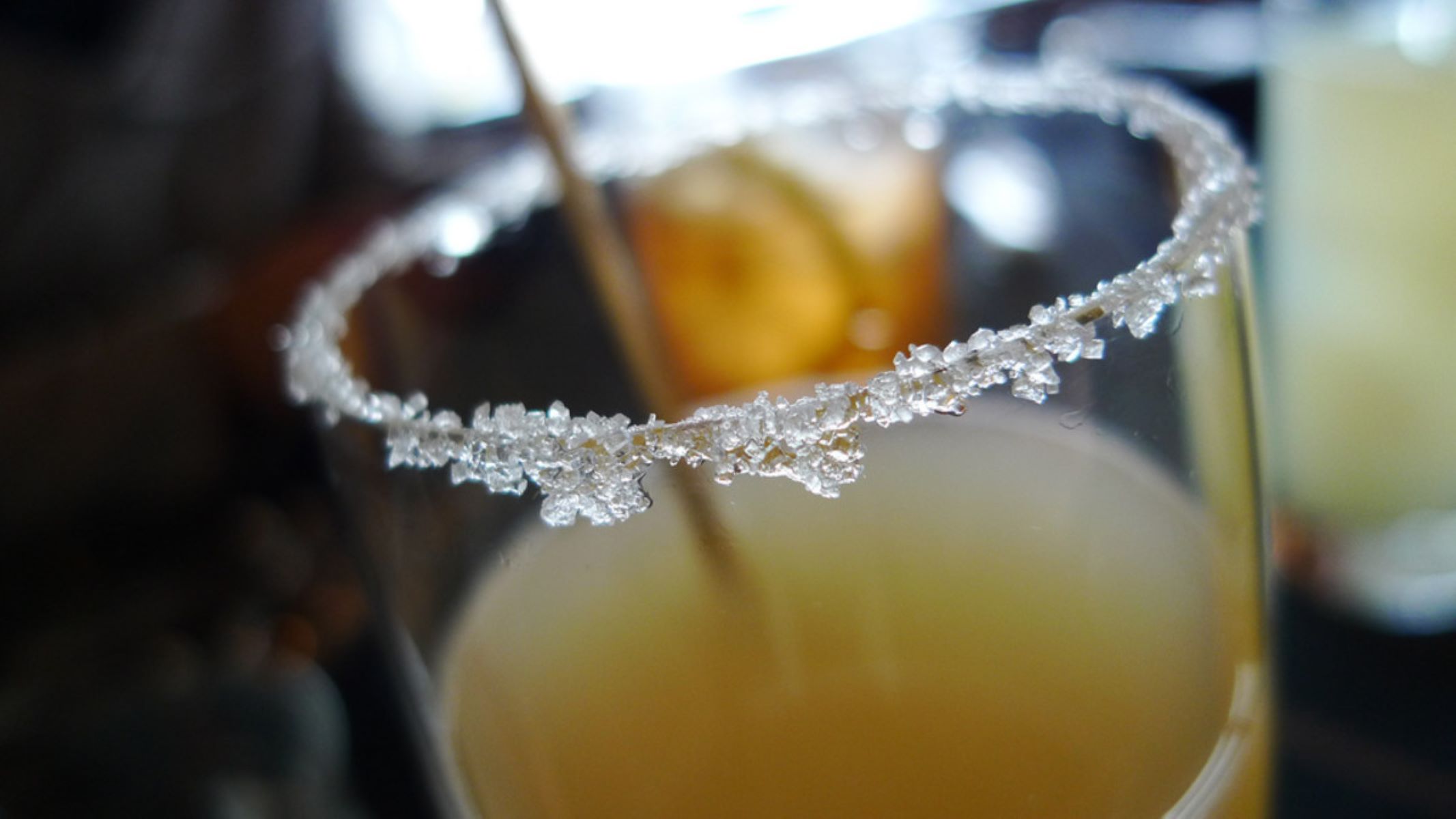
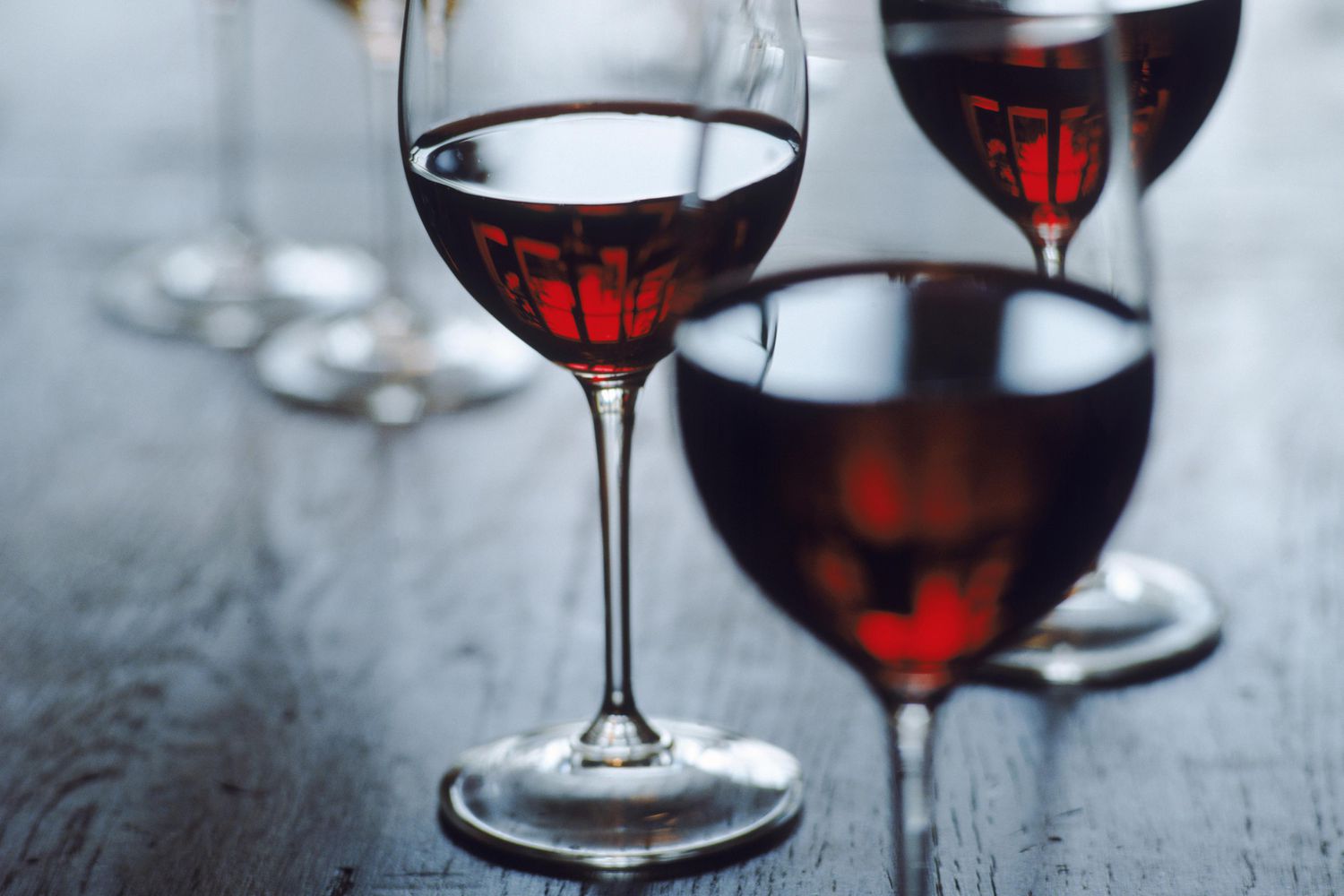
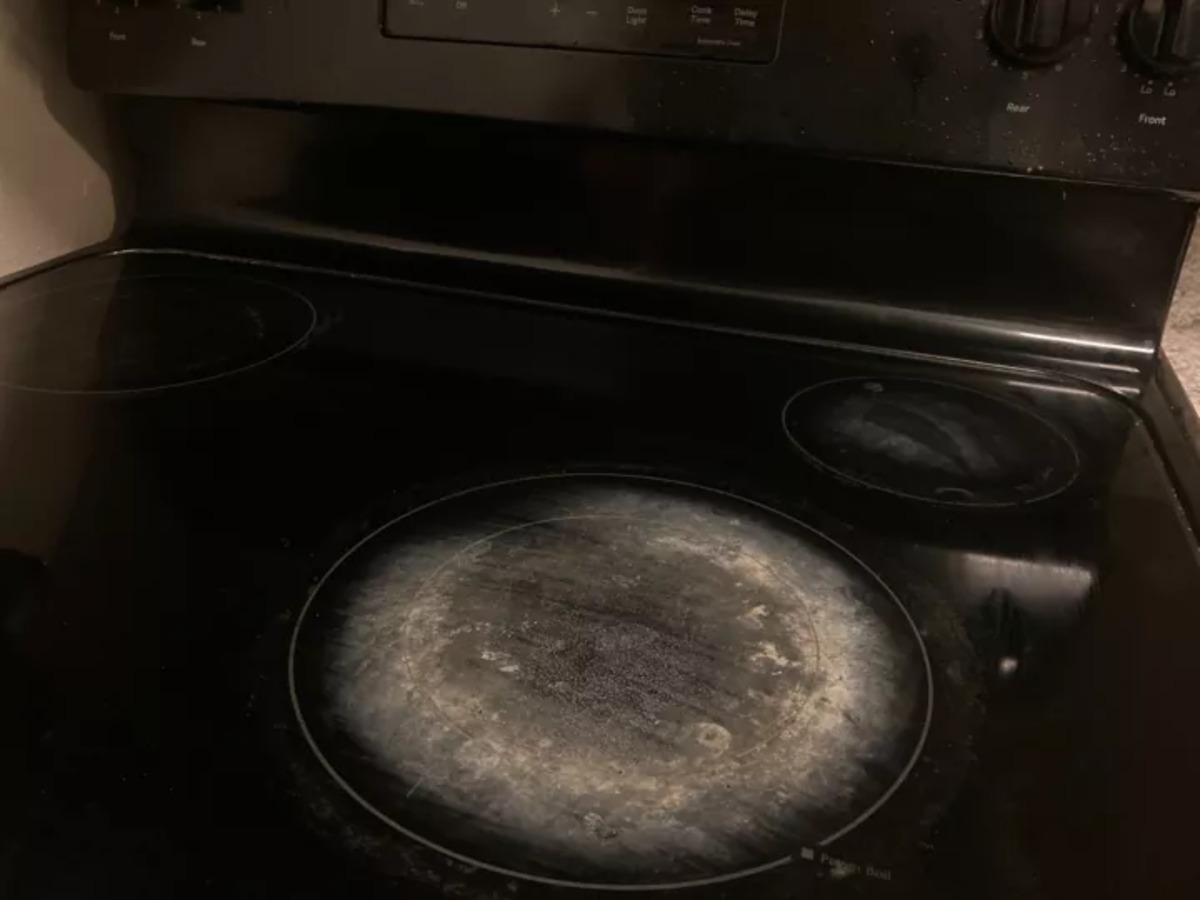
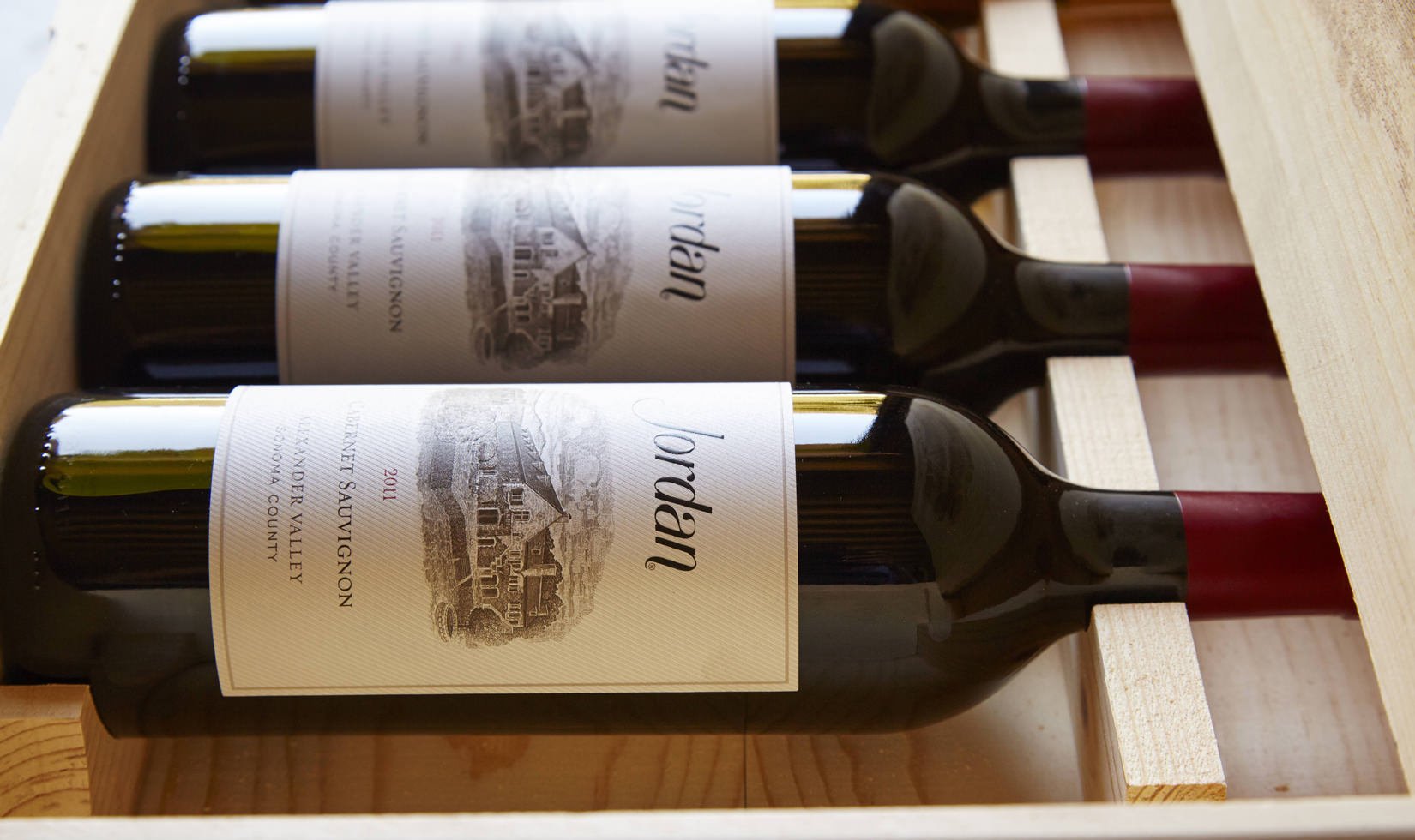
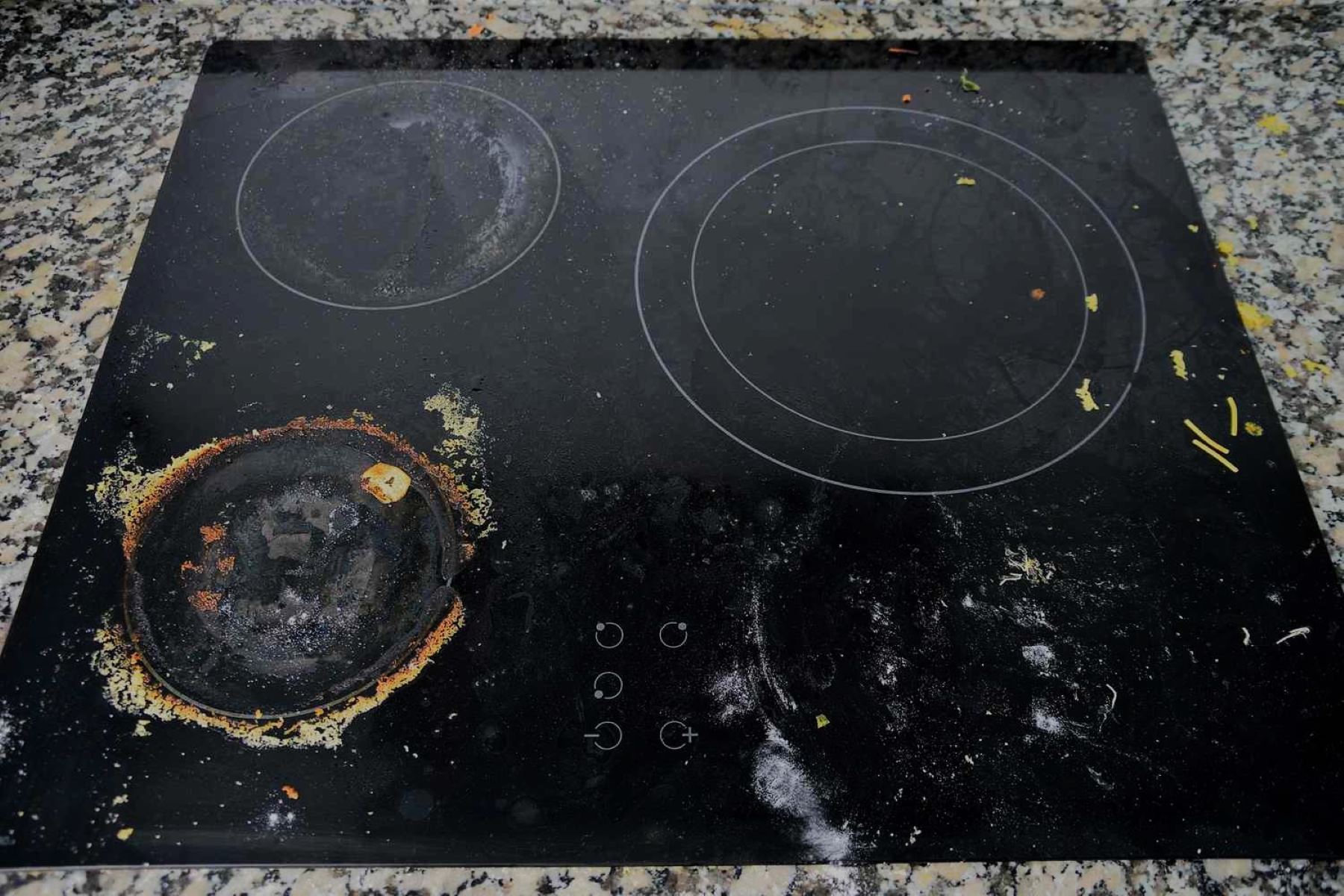

0 thoughts on “How Much Sugar Is In A Glass Of Cabernet”